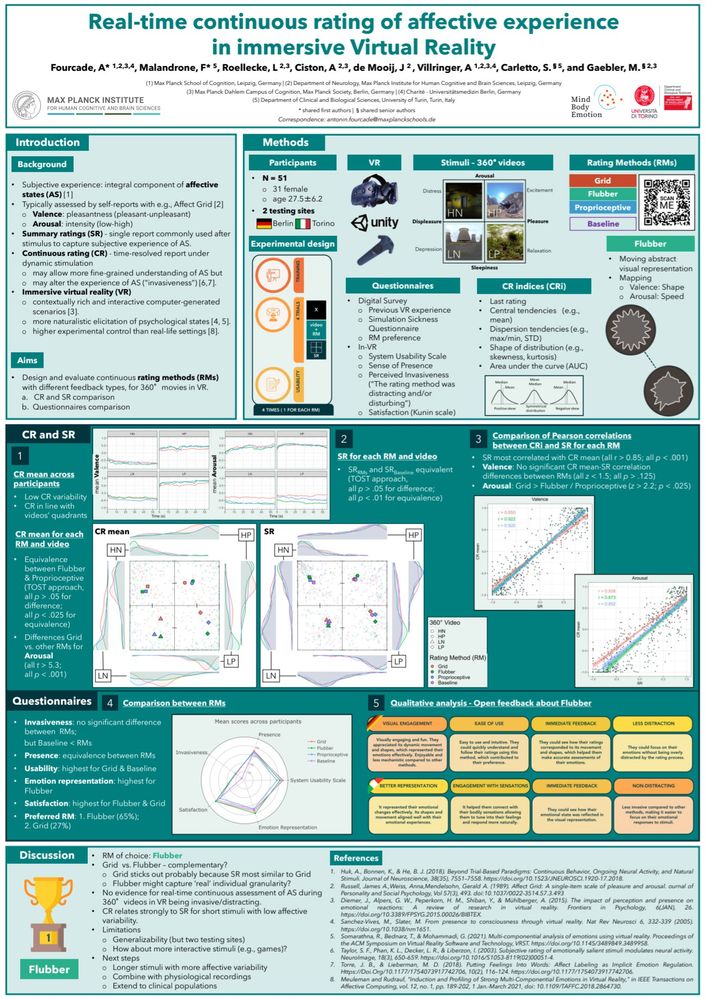Antonin Fourcade
@toninfrc.bsky.social
500 followers
100 following
19 posts
PhD student at Max Planck School of Cognition and MPI CBS/MPDCC (Berlin). Background in Biomedical Engineering and Neuroscience. Interested in brain-heart interactions, emotions and VR
Posts
Media
Videos
Starter Packs
Reposted by Antonin Fourcade
Reposted by Antonin Fourcade
Reposted by Antonin Fourcade
Antonin Fourcade
@toninfrc.bsky.social
· Dec 17
Antonin Fourcade
@toninfrc.bsky.social
· Dec 16
Antonin Fourcade
@toninfrc.bsky.social
· Dec 16
Reposted by Antonin Fourcade
Marta Gerosa
@martager.bsky.social
· Sep 24
Reposted by Antonin Fourcade
Reposted by Antonin Fourcade
Antonin Fourcade
@toninfrc.bsky.social
· Jan 12
Antonin Fourcade
@toninfrc.bsky.social
· Jan 12
Antonin Fourcade
@toninfrc.bsky.social
· Jan 11
Antonin Fourcade
@toninfrc.bsky.social
· Jan 11











